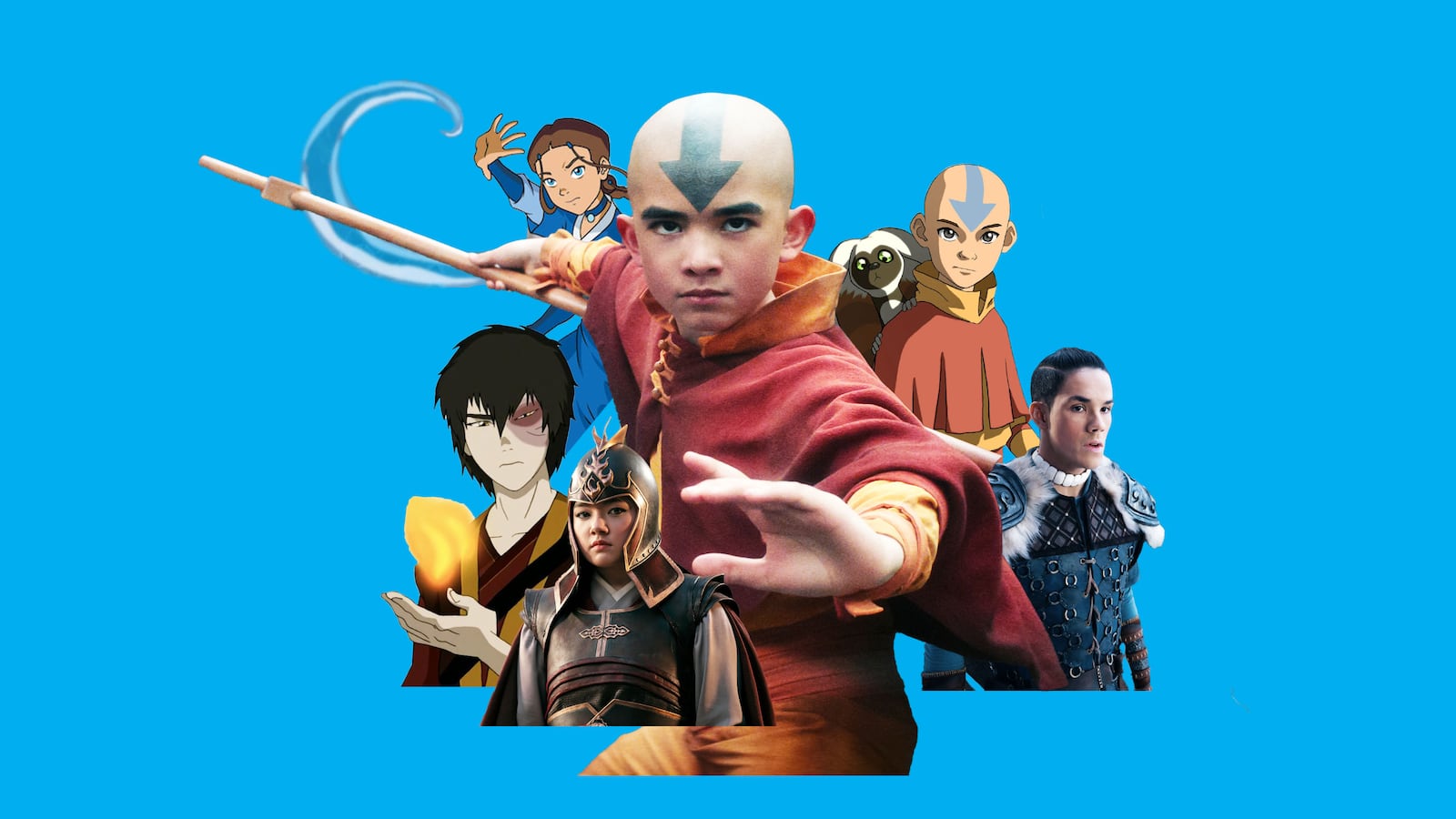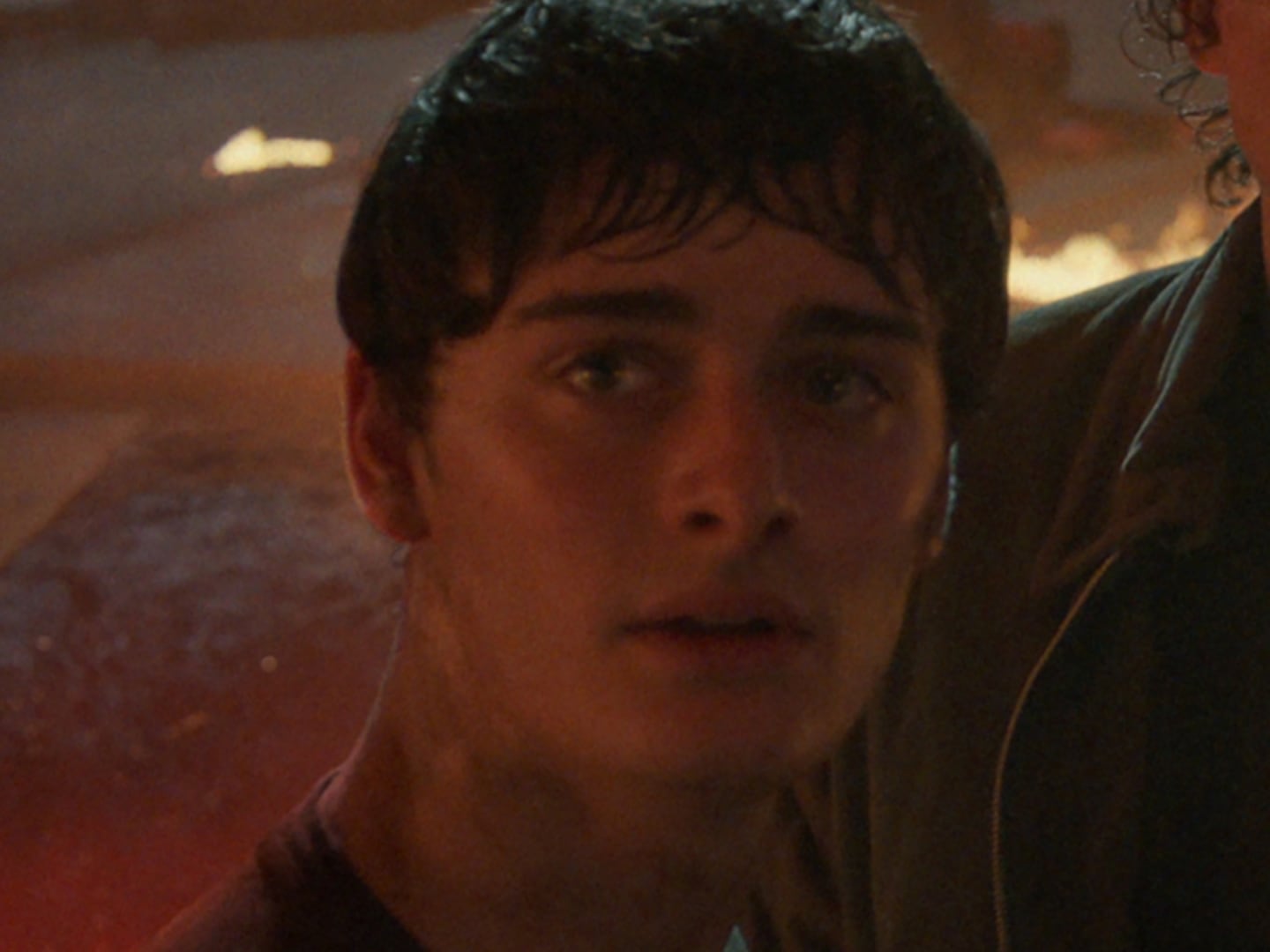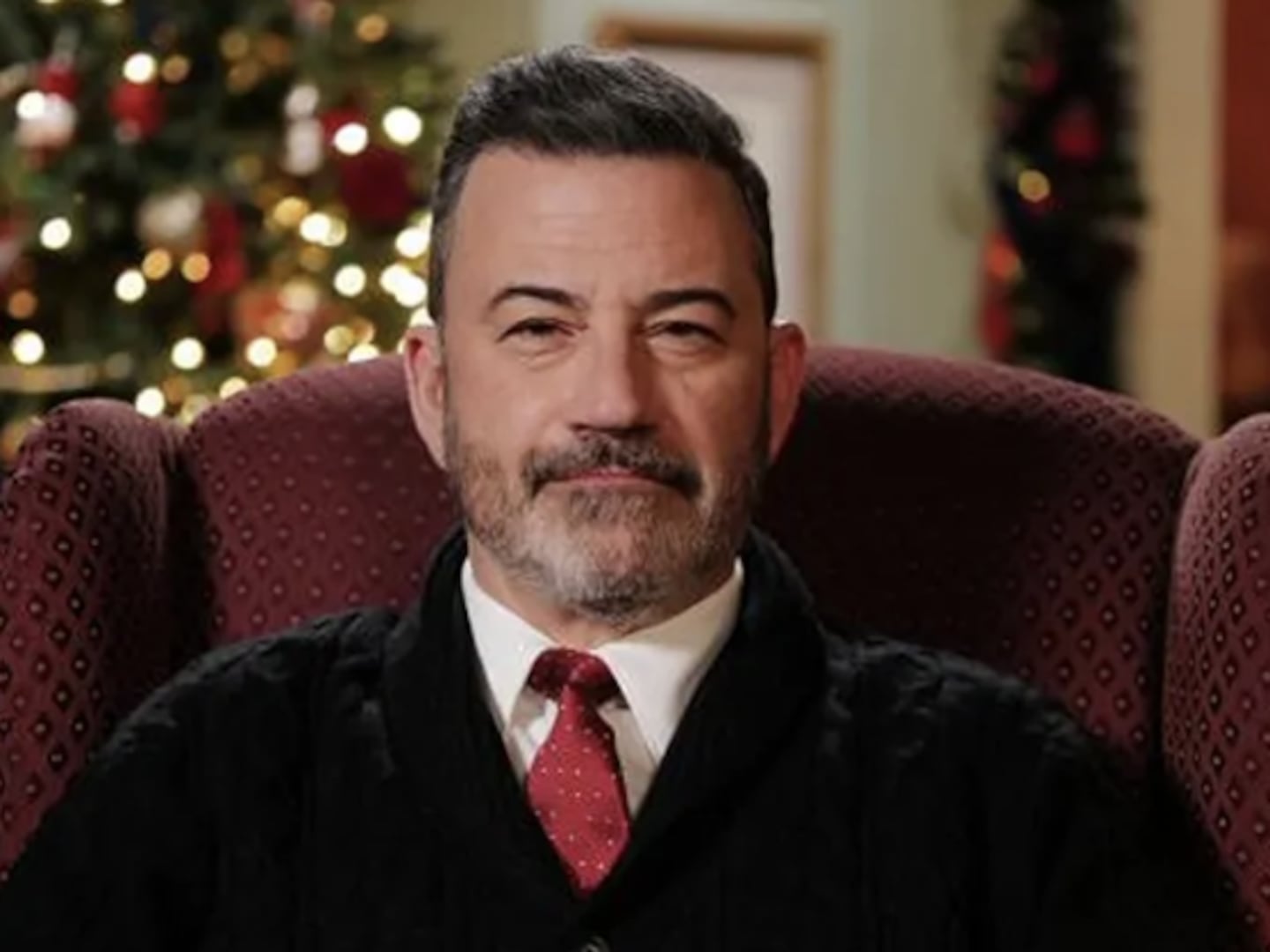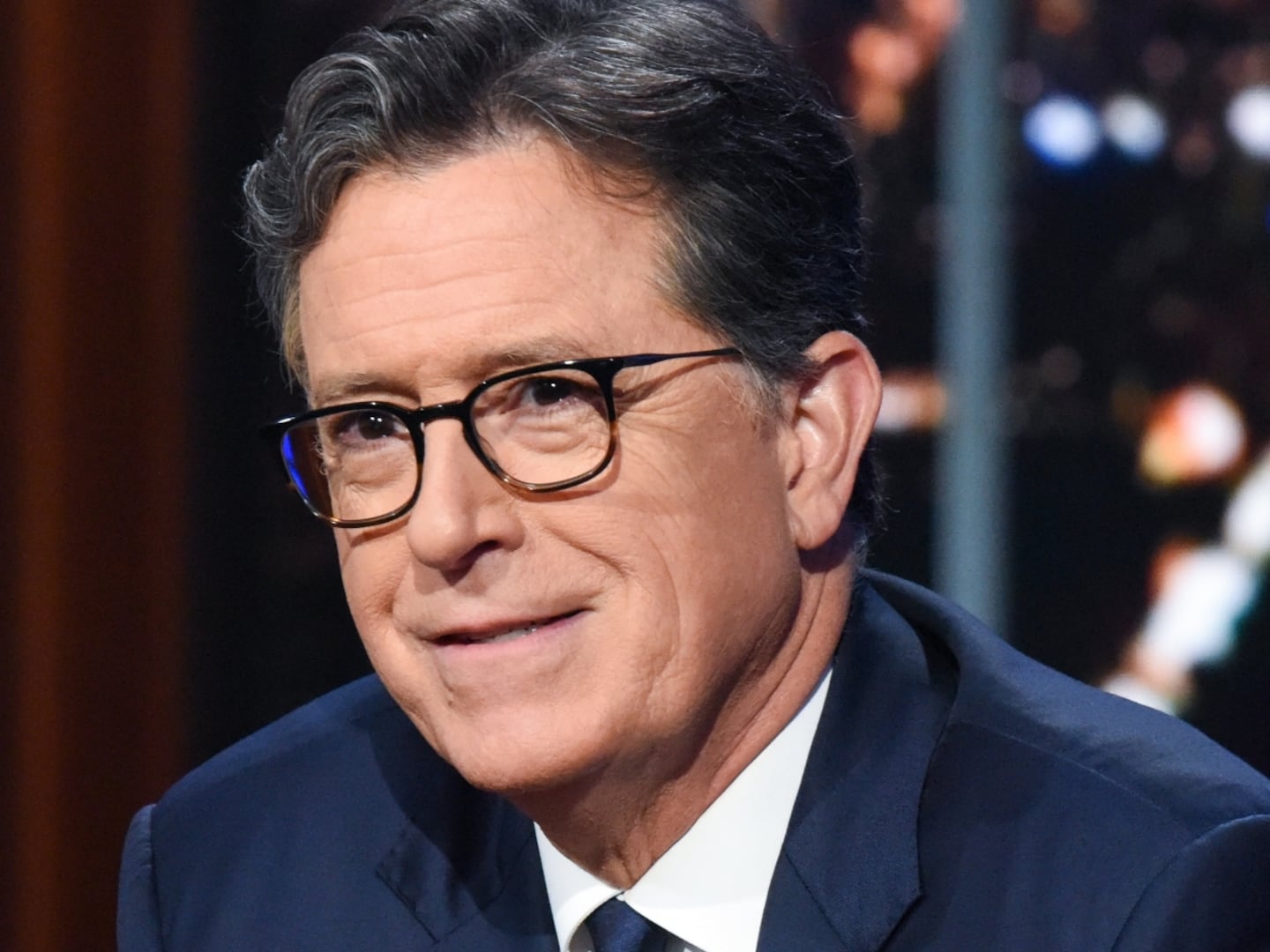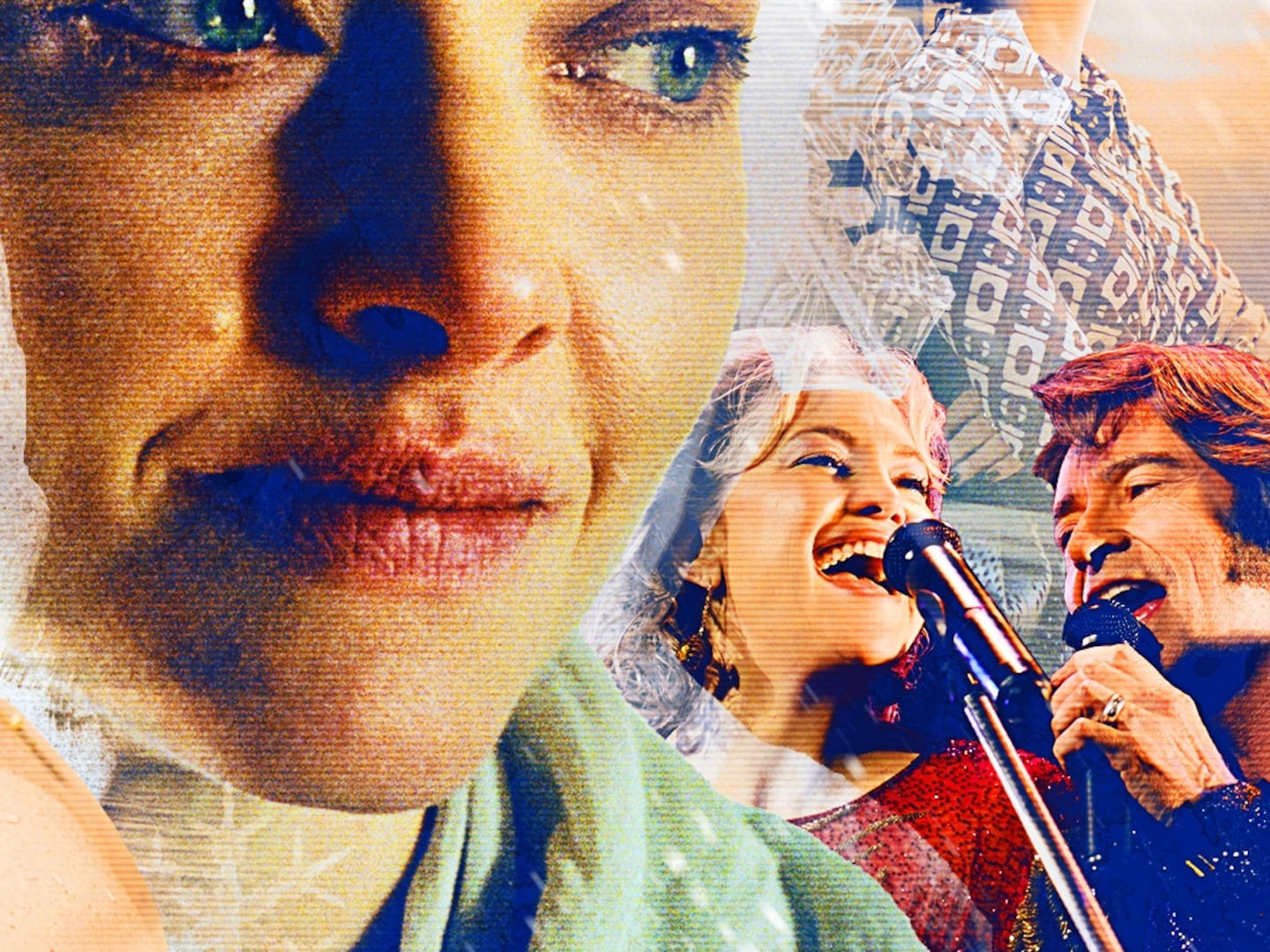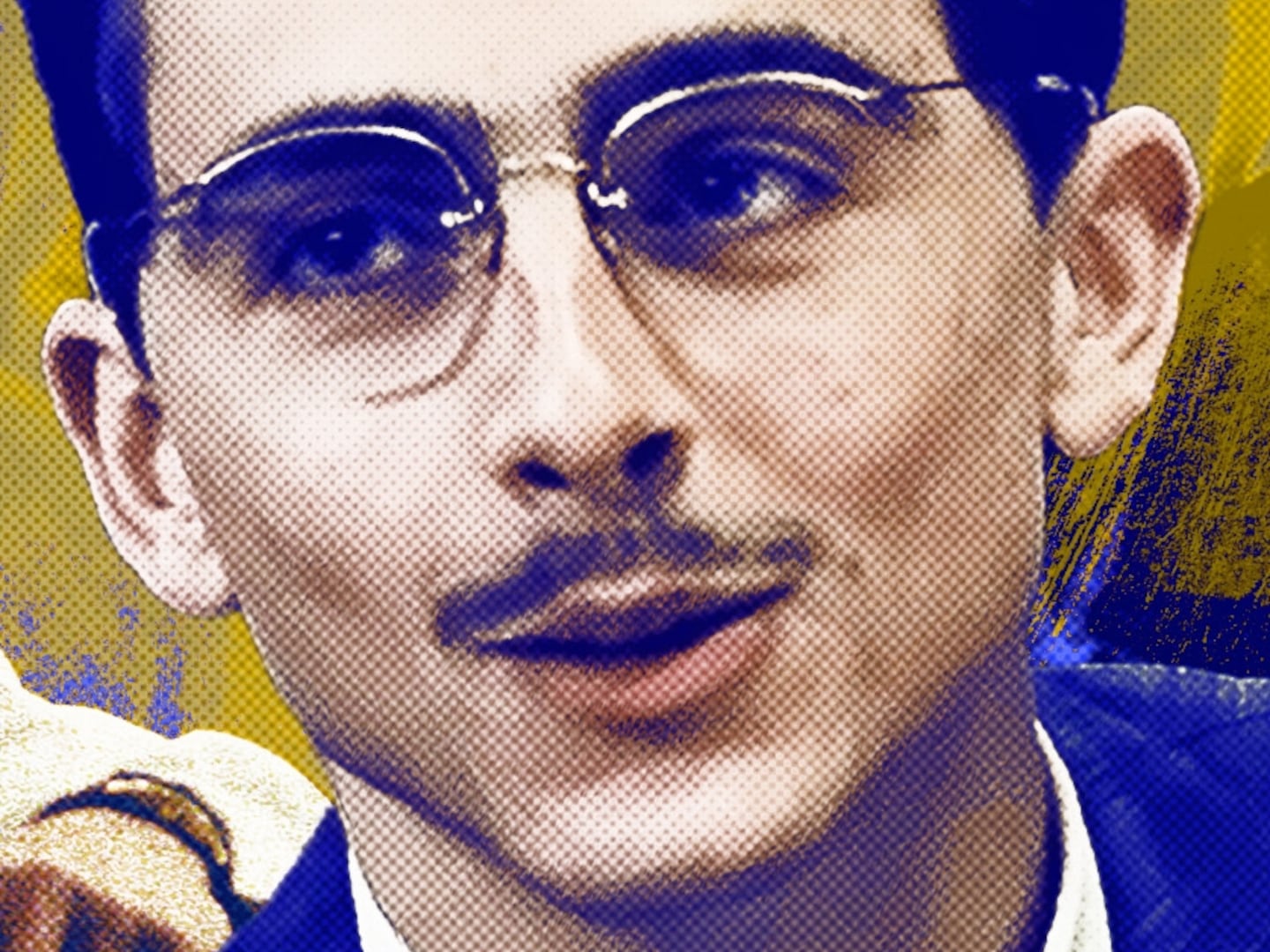Let’s not beat around the White Jade Bush: We all knew that Netflix’s live-action take on Avatar: The Last Airbender was gonna upset some folks. The original Nickelodeon series is a beloved feat of animation that shaped countless fans’ childhoods, and on top of that, it went on to become a popular pandemic rewatch. Any time an animated classic becomes grist for the live-action adaptation mill, controversy inevitably (and often deservedly) follows. And while I can’t say that this new Avatar lives up to its previous incarnation’s legacy, I also gotta say… It’s not nearly as bad as I feared!
Remember last time someone tried to interpret this thing in live action? (Of course you don’t, because we’ve all ethered M. Night Shyamalan’s unfortunate 2010 film from our minds.) Well, this isn’t quite as bad as that. That’s partially because the casting is actually authentic—there’s no Nicola Peltz playing Katara in this version!—and also because as a series, Netflix’s take has more time to unfurl the many intersecting plot lines that made the original so compelling.
That said, this series is not a precise, one-to-one remake of the original; instead, its producers sought to “remix” elements of the original to make something new. Sometimes the results are even better than the original, but more often, they fall flat. Here’s a rundown of some of the best and worst tweaks.
Best: The 41st Division gets a real story
By far the best tweak in Netflix’s eight-episode season is the expanded treatment that the new show’s writers granted to the Fire Nation’s 41st Division. In the original series, they get only a passing mention in Prince Zuko’s backstory. Here, they get a full arc.
In Season 2 of the original series, we learn that Prince Zuko’s father, Firelord Ozai, banished him from the Fire Nation for speaking out of turn during a war meeting. Zuko criticized Ozai’s general for his plan to sacrifice an entire division of young recruits, whom the general cruelly described as “fresh meat.” As punishment, Ozai insisted that his son fight him in a ritual called the “Agni Kai.” After Zuko lost, he decreed that his son could not return until he found and captured the greatest threat to the Fire Nation—the Avatar. He saw this as an impossible mission.
In Netflix’s adaptation, things play out mostly the same, save for two things. First, we see that Zuko actually did almost best his father in the “Agni Kai” but showed him mercy. Ozai took this for weakness. More importantly, however, we also see that Ozai ordered that the 41st Division serve as Zuko’s crew; if he cared about them so much, he could take these newbies on himself.
By making the 41st Division Zuko’s crew, Netflix’s version deepens the moment when they hear his tragic backstory. After years of disrespecting him, they don’t simply change their minds because of the tragedy of his situation; they come to respect him because they realize that in a way, he sacrificed himself for them. It’s the kind of storytelling that made the original Avatar so popular.
Worst: Over-explaining every single thing
As inspired as certain story flourishes might be, this new Avatar—which is presumably aimed mostly at adults who watched the original—somehow trusts its audience less than Nickelodeon trusted its juvenile viewer base. You can tell, because almost every aspect of its story and characters now comes with overwrought explanation.
Koh the Face Stealer is a perfect example. While the original leaves this wormlike spirit scourge as something of an enigma, the new version weighs him down with excessive narrative, robbing him of all that mysterious terror. (That said, the live-action series does render him perfectly on a visual level; he still looks creepy as hell.) Really, though, this impulse seems to infect everything and everyone in the new Avatar. The dialogue also lacks subtlety, as seen in a moment when an Earthbender confronts Uncle Iroh about his cruel siege on the Earth Kingdom’s capital city Ba Sing Se. More often than not, I found myself wishing the series would give us some credit and let certain details and developments speak for themselves.
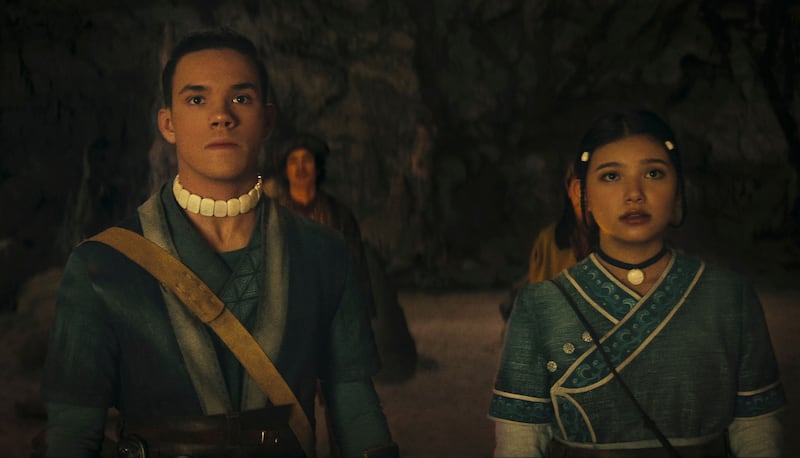
Best: Sokka and Katara’s bonding moment
Viewers’ mileage may vary when it comes to Aang and Katara’s kiss in the Cave of Two Lovers from the original Avatar. Personally, I didn’t mind it, but some found the lead-up forced and awkward. Either way, the new show’s approach to the cave sequence felt like a solid edit: Instead of focusing on romantic love, the new series uses the cave to push Sokka and Katara’s strained sibling relationship toward a new resolution.
Sokka and Katara spend much of the season’s first half bickering, right up until they get stuck in the cave together. When a badgermole comes charging toward them, however, they hold hands in a moment of terrified solidarity—which leads the mole to stop. As Katara deduces, they cannot see and are guided by love. It’s a sweet moment that moves this relationship to a new, more nuanced place as Katara and Sokka come to appreciate one another. Also, the badgermoles in this series are as adorable as ever, and I want nothing more than to ride one as it tunnels through the ground.
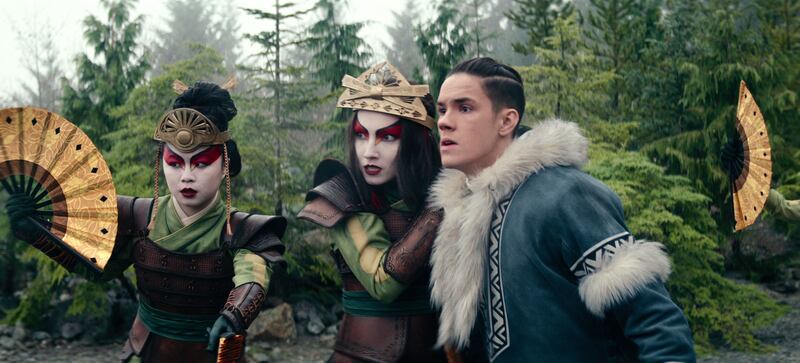
Worst: Sokka still shoulda started out sexist
Netflix’s Avatar cast and creators have discussed some of their changes to the show, including making Sokka less sexist. As actor Ian Ousley put it of his character’s original characterization ahead of the live-action series’ premiere, “I feel like there were a lot of moments in the original show that were iffy.” While that might be true, the character’s “iffiness” in the early seasons of the Nickelodeon series was intentional.
During Team Avatar’s visit to Kyoshi Island, Sokka learns firsthand how strong women can be in battle when a girl kicks his ass. His initial sexism is meant to underscore his journey as a character as he comes of age and sees more of the world. It was a valuable lesson for young boys who might’ve held similar beliefs to Sokka themselves, and given the number of grown-ass men who still idolize guys like Andrew Tate, there are plenty of guys out there who could stand to hear that same message now. Shoulda left it in there!
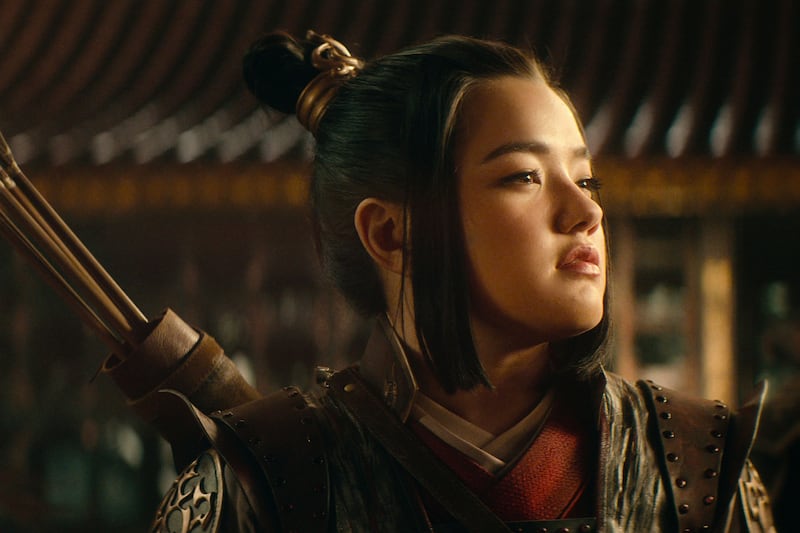
Best: Azula’s newly emphasized vulnerability
In the original animated series, Azula was wild and utterly terrifying. She still is in this series, but actress Elizabeth Yu takes the character a step further, underscoring the childlike vulnerability that makes Azula so fierce. Through her performance, we understand early on that Azula doesn’t want her father’s power for its own sake alone. Firelord Ozai has been playing her and Prince Zuko against one another throughout their lives, and more than anything, his kids’ desperate fight to become his heir represents their thirst for his love and approval—and freedom from that impossible competition for his love.
Worst: There’s no visual flair
At times, it can seem like the many, many live-action treatments we’ve seen in recent years comes from a belief that animated series are somehow visually inferior or “just for kids.” At the same time, anime fans who’ve seen the work of artists like Hayao Miyazaki know that couldn’t be further from the truth. This adaptation underscores what we lose when a gorgeous animated series becomes a styleless live-action project.
Netflix’s Avatar could’ve stood to borrow more from wuxia movies like Hero, House of Flying Daggers, and Crouching Tiger, Hidden Dragon. Those films’ gorgeous use of color and propulsive flying martial arts scenes are simply unforgettable. Instead, Avatar seems to have blown its budget on lavish costumes that look goofy when captured in high definition against its frequently used green screen backgrounds. Some scenes, particularly those captured within the city of Omashu, are wonderfully immersive, but others—especially travel scenes—feel unconvincing.
Also, it must be said: The bending just doesn’t look good. Justice for the waterbenders, who have one of the coolest powers but mostly look like they’re manipulating colorless Flubber here.
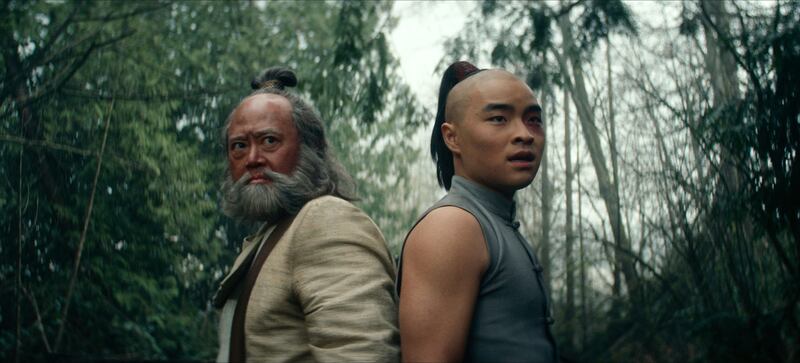
Worst: The pacing is awful
The biggest problem with this new Avatar by far is how rushed many of the original show’s best story elements feel. In the original series, we learn more about these characters’ backstories gradually for a reason; Prince Zuko and Uncle Iroh’s backstories practically bookend the second season, illuminating how they became the characters we see in the present day. This new series unveils both in the course of eight episodes, rushing us through them on its way to the next adventure.
Uncle Iroh’s tragic story, in particular, feels like an unforgivable botch; “The Tales of Ba Sing Se,” which revealed how Uncle Iroh lost his son in the Nickelodeon’s Avatar Season 2, remains one of the show’s most memorable episodes. In Netflix’s version, however, it falls flat because there’s no time for all the delicate set-up that made the original’s episode so effective. And while it was sweet to hear “Leaves from the Vine (Little Soldier Boy)” rendered as an orchestral arrangement, it didn’t hit nearly as hard as hearing Uncle Iroh sing it in tears at his son’s grave.
Netflix’s version seems invested in cramming all of the original show’s biggest early story elements into its first season just in case it doesn’t get another chance, but we lose a lot along the way. There’s not nearly enough silliness with our favorite critters, the flying bison Appa and the flying lemur Momo, and at the same time, we meet characters like Azula’s sidekicks Mai and Ty Lee earlier than necessary, robbing them of their badass intros. The “jam it all in” approach is understandable, given Netflix’s penchant for cancelling shows after its first season, but in the end, it rushes a story that could have used a few more minutes to steep.

